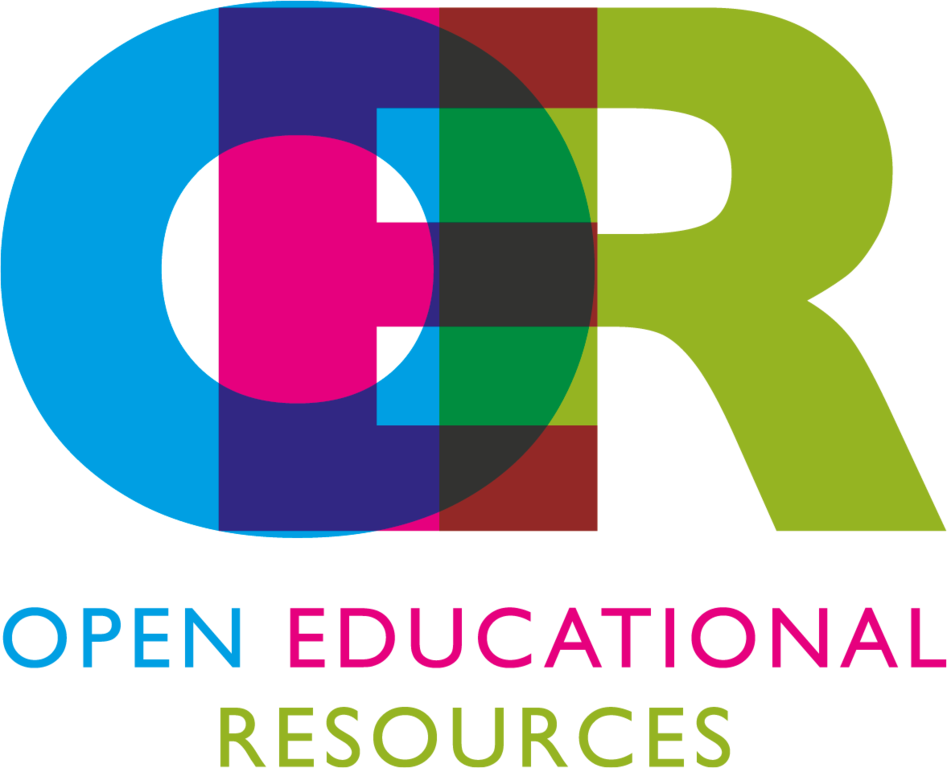 Using Open Educational Resources in Flipped Learning 3.0
Using Open Educational Resources in Flipped Learning 3.0
A quickly done search for the term “Open Educational Resources“ in Google brings about 1.610.000.000 results. For those looking for it, that is a huge number – the internet is obviously full of open learning sources that a trainer in adult education might use.
These sources could be used especially in the Individual Space. This covers mainly the pre-class learning: The learner – using some devices to get the content displayed – accesses these resources for the learning process.
By using OER you have reusable content, that can be also used in other classes or courses.
This sounds really good! But as it is so often the case, a simple and cheap solution is not the best means of success. So – where are the obstacles and what speaks against the massive use of such content sources?
Chances & Obstacles
Sometimes you may be lucky and find a resource that fits well to your “big idea” of the training. So, you can easily integrate the resource into your training and this reduces your working time as a trainer (in terms of the preparation).
In many cases you fail with your search and you are only able to find material suitable in some areas or even not fitting to your „big idea“ of the training.
When you talk with Jon Bergman (the developer of Flipped Learning 3.0) and other trainers deeply involved in using this framework you will get these answers:
- Trainer created content creates trust between the trainer and the learner – it is a question of connection between these two protagonists in the learning process.
- Often content is in a different language. Especially with videos (taken from YouTube) the solution with subtitles is not the best solution (reading subtitles keeps the learner away from intensive learning).
- Videos often cannot be taken 1:1 because they do not fit completely to the expected learning outcomes or the intention of the training. So, they must be re-edited (that is no problem with open resources, because you are allowed to do so). Additionally, you should create a personal introduction and a personalized end. This means that you have a lot of work and “… to simply take the available resources …” is a dream of an educational fantasist but no issue in real (and successful) practice.
- Videos often are too long. The ideal length of a video is from one up to (max.) six minutes.
These are some (but not all) obstacles you find in context of using open educational resources.
What is your experience with Open Educational Resources in Flipped Learning 3.0?
